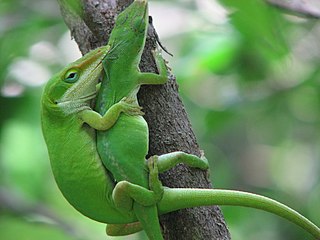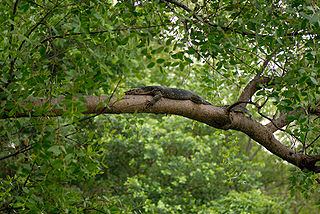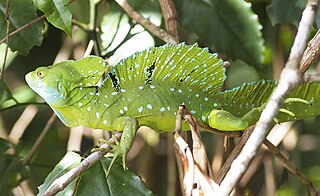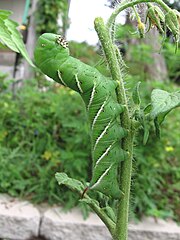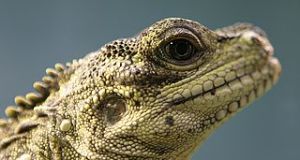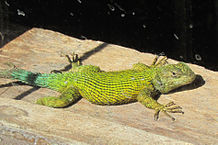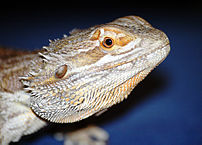Certain lizards, notably Leopard Geckos and Bearded Dragons, are almost mainstream pets these days, but it still seems that many people purchase their first pet without fully considering all that is involved. In the course of my work as a reptile keeper at the Bronx Zoo, I prepared a list of important points that, if considered beforehand, will greatly improve life for both lizard and lizard owner. Please be sure to post any questions, or additional factors that you have found to be important, below. Please also see the articles linked below for my “best pet lizard” recommendations.
Captive-Bred vs. Wild Caught: This is much easier to check today than in years past. Lizards born in captivity do not drain wild populations, are less likely to harbor parasites or diseases, and are generally easier to handle than are their wild relatives. Please post below if you need help in this area.
Handle-ability and other Pet Qualities: Lizards will not seek human companionship. The words of legendary snake expert Bill Haast have some applicability to lizards as well: “You can have a snake for 30 years, but leave the cage open, and it’s gone – and it won’t come back unless you have a mouse in your mouth”!
Lizards definitely adjust to captivity, and some species accept handling better than others, but they should not be expected to be “friendly”.
The “It Doesn’t Do Anything” Factor: Ideally, the new lizard owner will be interested in her or his pet for its own sake. But most of us wish to see how it lives, what it does, and so on. Many lizards, especially well-fed pets, are about as active as the infamous “pet rock”, although there are notable exceptions.
If you want action, consider a small species that actively forages for food, and keep it in a large, naturalistic terrarium. For example, a male and several female Green Anoles in a well-planted 55 gallon tank will provide you with infinitely more to observe than will an adult Green Iguana in a commercial iguana cage outfitted with a single shelf.
Cost: Your pet’s initial purchase price is but one part of the cost of lizard ownership, which also includes electricity use, veterinary care (as expensive as dog/cat care), food, enclosure, and so on.
With some planning, you can easily limit costs. A Flying Gecko needs only a 10 gallon aquarium with a low-wattage basking bulb, and a diet of small live insects…much less expensive than a 6 foot-long Water Monitor kept in a room-sized cage supplied year-round with powerful heat lamps and UVB bulbs and feeding upon rats and other rodents.
Veterinary Care: Reptile-experienced veterinarians are difficult to find in many regions. It is a grave but common mistake to embark on lizard ownership before locating a veterinarian, or to imagine that even the hardiest of species will not require medical care.
Safety: All lizards, even the shyest and smallest, will bite when threatened, and they may react to scents, vibrations and other cues that we cannot perceive. Even minor bites should be treated by a doctor, to avoid infection, tetanus and other complications. Large monitors are best reserved for zoos or highly experienced keepers with the space and financial means to properly accommodate them.
While easily managed with proper hygiene, Salmonella, which is generally carried by all reptiles, presents grave risks to certain individuals. Please see the article linked below and contact your doctor for advice.
Space: While Leopard Geckos and certain other lizards can make due with moderately-sized enclosures, you’ll see much more of interest if your pet has ample room to explore and forage. Be sure to research (feel free to post below) your lizard’s ultimate size and typical growth rate. And please remember – zoos will not accept unwanted pets and, even if native, they cannot be released into the wild!
Time Commitment: Depending upon the species and size of your pet, its care can range from a short, thrice-weekly task to a major daily chore. Long term care should also be considered – several popular pet species regularly live into their teens, while Leopard Geckos may reach 30 years of age!
Most Lizards Need a Highly-Varied Diet: No insectivorous lizard will thrive long-term on a diet comprised solely of crickets and mealworms, even if these foods are powdered with supplements. I’ve done well by relying heavily upon wild-caught invertebrates during the warmer months. Useful food species that you can buy include roaches, butterworms, calciworms, silkworms, hornworms and sow bugs. Herbivorous lizards are easier to accommodate, but attention must still be given to providing species-specific variety.
Some monitors do well on diets comprised solely of mice and rats, but many of these are too large to be accommodated in typical private collections.
Further Reading
 That Reptile Blog – Reptile, Amphibian and Exotic Pet Care and Information
That Reptile Blog – Reptile, Amphibian and Exotic Pet Care and Information


